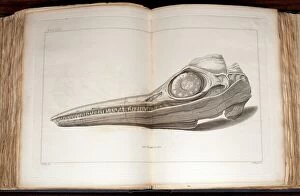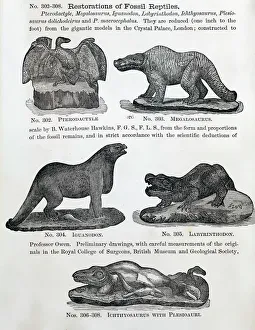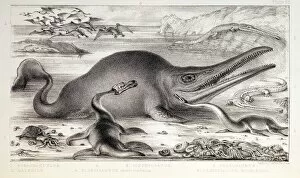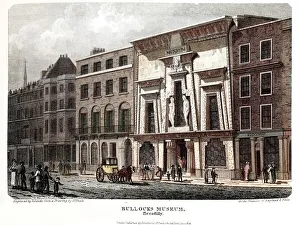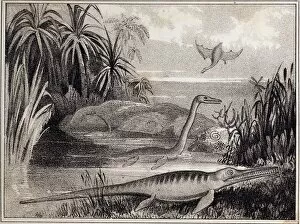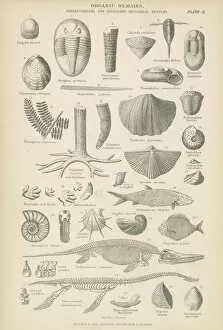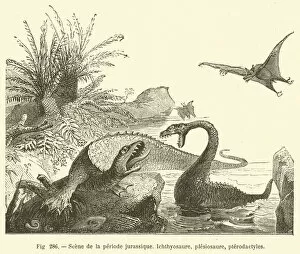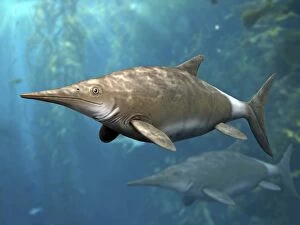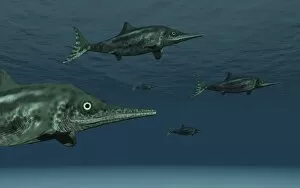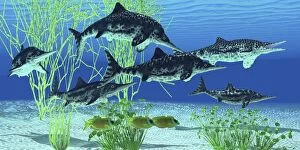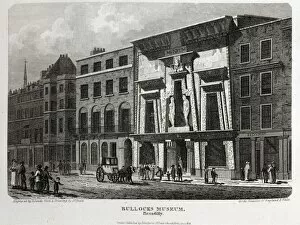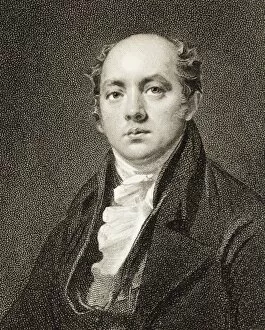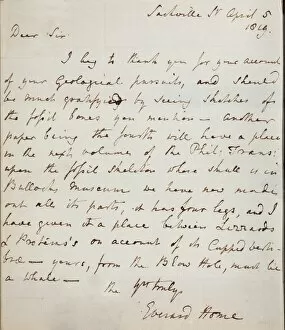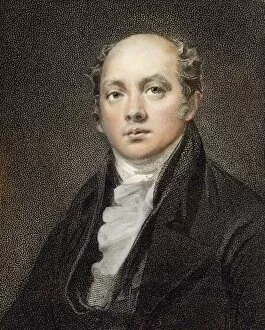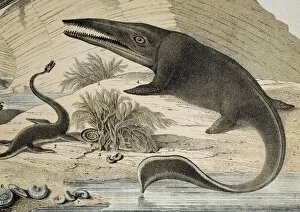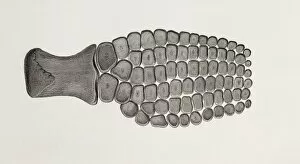Icthyosaur Collection
The ichthyosaur, a fascinating creature from prehistoric times, has captivated the world with its mysterious existence
All Professionally Made to Order for Quick Shipping
The ichthyosaur, a fascinating creature from prehistoric times, has captivated the world with its mysterious existence. In 1814, Mary Anning made an astounding discovery when she unearthed the first ichthyosaur skull along the Dorset coast. This remarkable find sparked curiosity and led to further exploration of these ancient marine reptiles. In 1837, Bullocks Museum proudly displayed curios and fossils of extinct prehistoric animals, including the iconic icthyosaur. The public marveled at these organic remains that provided glimpses into our planet's distant past. During this time, Waterhouse Hawkins took on the monumental task of creating lifelike models of dinosaurs and prehistoric creatures for exhibitions. His attention to detail allowed visitors to envision scenes from the Jurassic period, where icthyosaurs roamed freely in ancient oceans. Engravings depicting scenes from this bygone era showcased Stenopterygius icthyosaurs gracefully swimming underwater. These magnificent creatures were prevalent during the Jurassic Age in Europe and left an indelible mark on paleontological history. Brachypterygius is another species of extinct ichthyosaur that thrived during England's Late Jurassic period. Its unique characteristics fascinated scientists who studied its fossilized remains meticulously. Not limited to Europe alone, Hupehsuchus emerged as a Mesozoic Era marine icthyosaur found in China's waters. This discovery expanded our understanding of how these incredible creatures adapted and evolved across different regions. Today, thanks to pioneers like Mary Anning and scientific advancements over centuries, we can admire replicas or visit museums housing real specimens that allow us to connect with these enigmatic beings from millions of years ago. The story behind each fossil reminds us of Earth's rich history and ignites our imagination about life before humans walked this planet.

